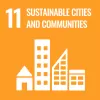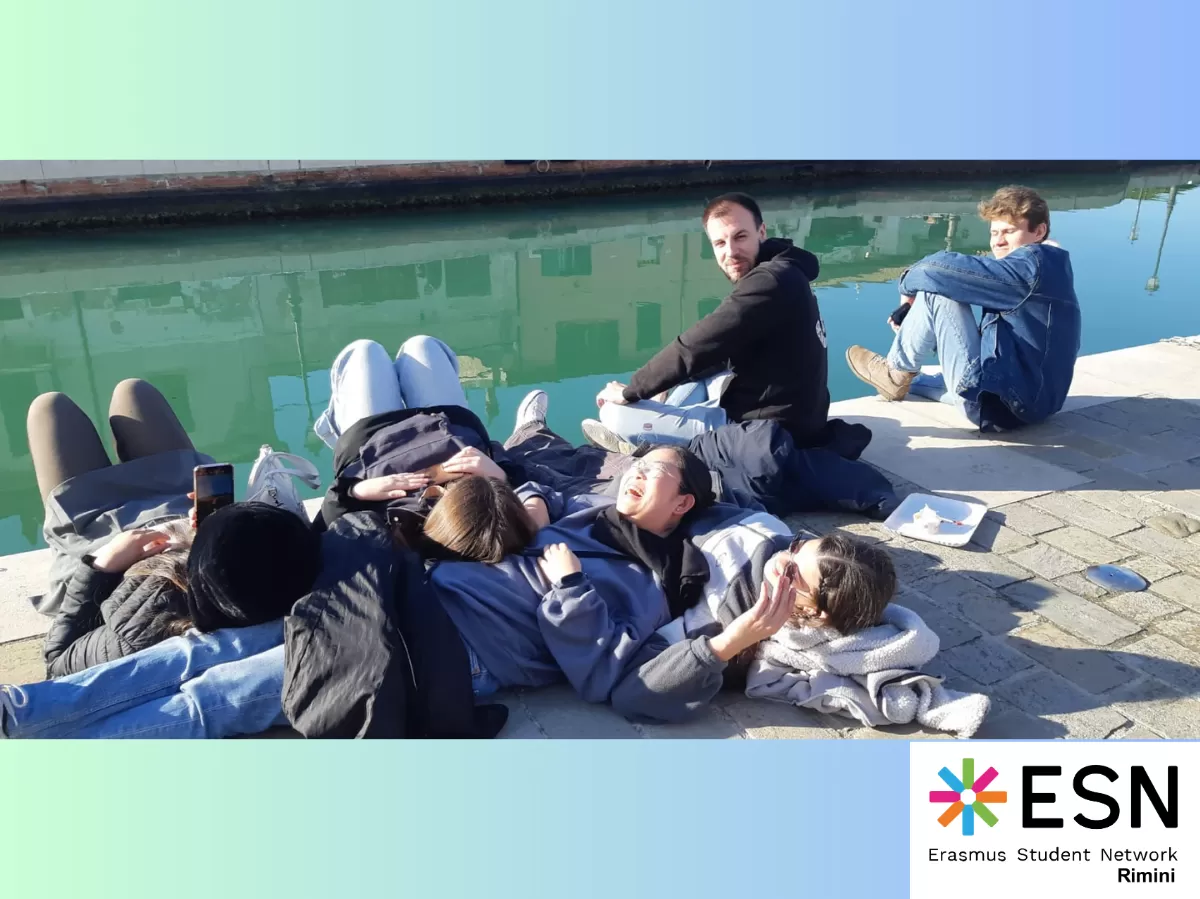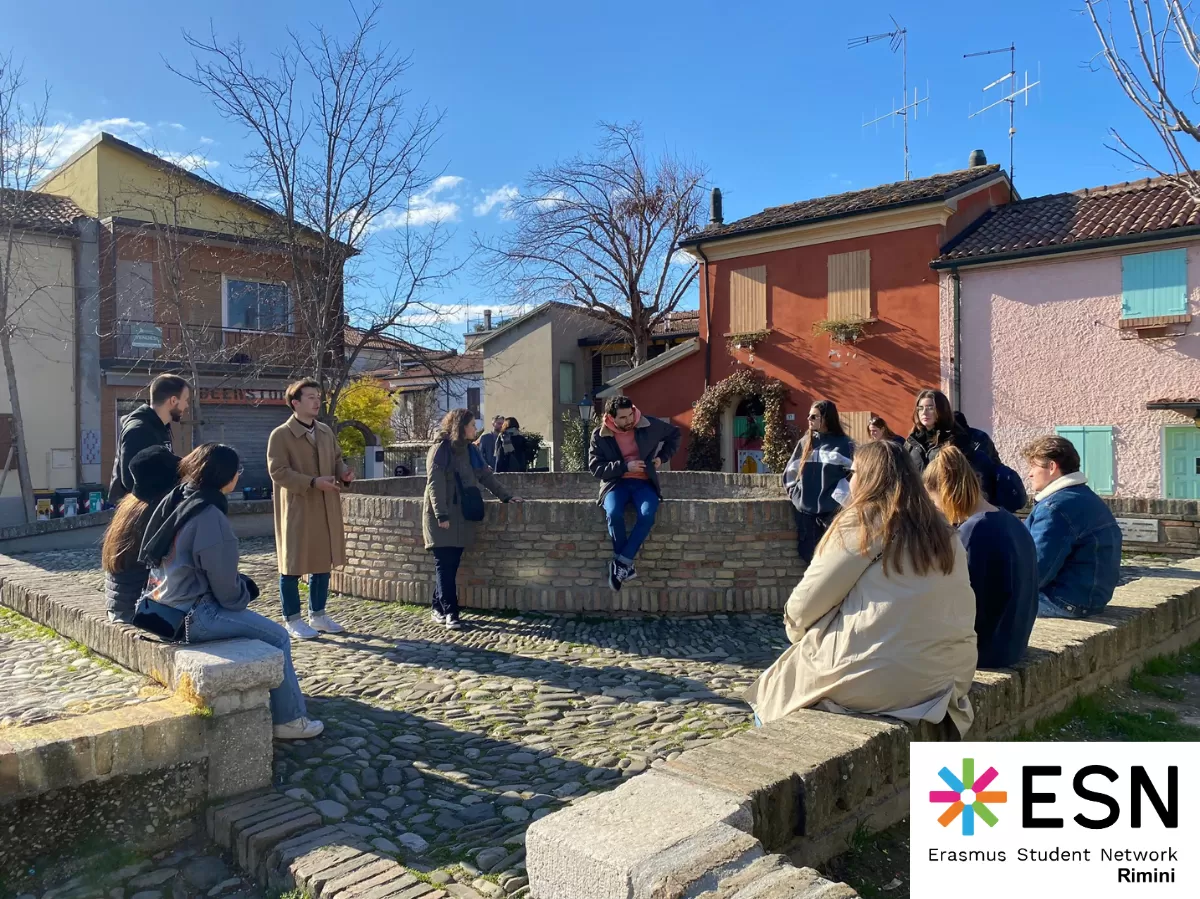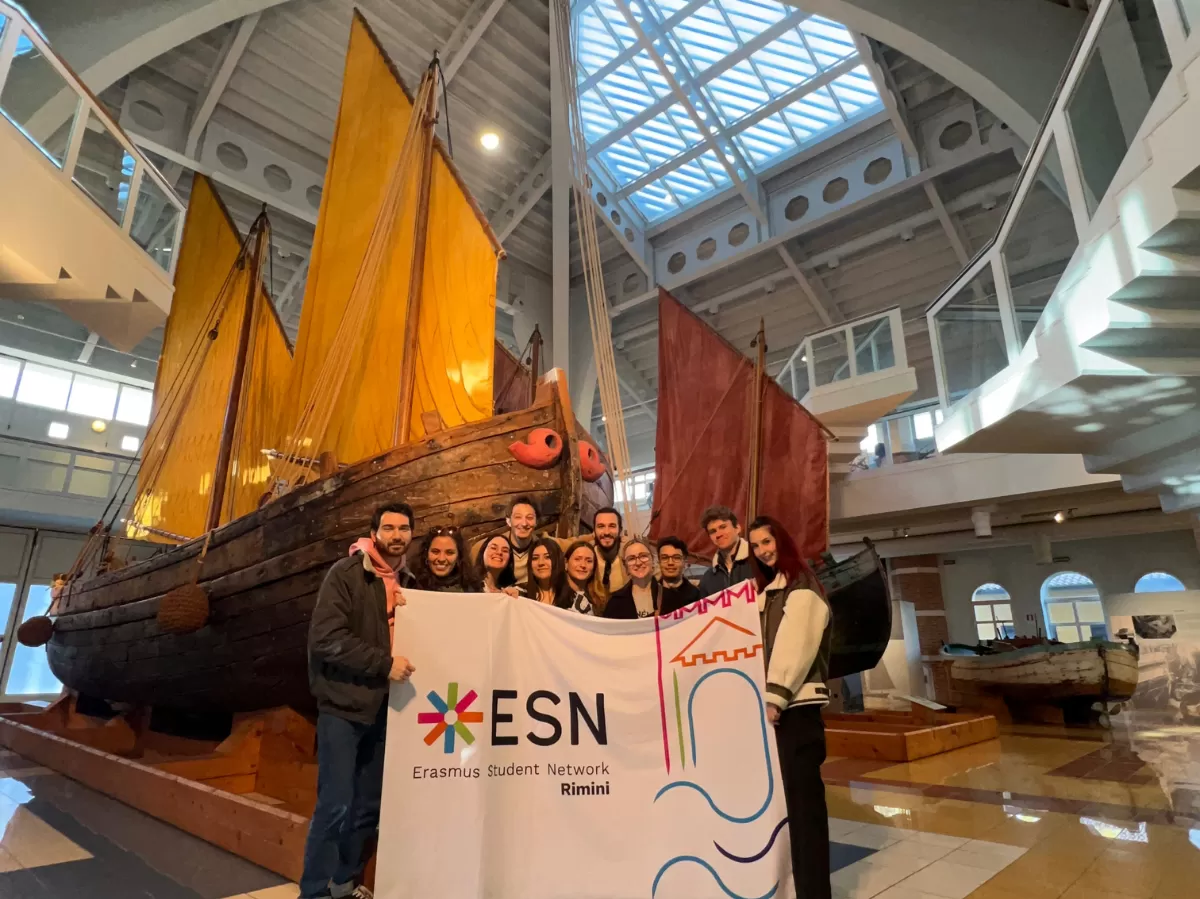Italy
participants
The goal of the activity was to discover Cesenatico through its major points of interest, chilling at the sun and having fun visiting around all together.
CESENATICO City Tour:
- PORTO CANALE
The 'Leonardesque' Canal can be reached by car or public means of transport.
It cuts through the town and represents its central core.
It was built in 1314 because of the urgent need of the town of Cesena to create an outlet for its own trade. In 1502 Cesare Borgia (il Valentino) conquered the town and called Leonardo Da Vinci in the hope of finding a solution to the problem of sand bars silting up the harbour entrance.
An exact copy of Leonardo's drawing can be seen in the Municipal Library of Cesenatico, whereas the original is preserved in the French National Library in Paris.
In the first stretch there is the Floating Marine Museum , unique in Italy and one of the most attractive and photographed marine scenes of the Mediterranean.
The Museum, situated in the oldest and innermost part of the Leonardo's canal , collects and represents ten typical sailing boats (restored and reactivated) of the high and middle Adriatic sea, used for fishing and marine traffic: the Bragozzo and the open-sea Bragozzo (small sailing-boats), the Battana and the Top (flat-bottomed boats), the Lancia (launch), the fishing Trabaccolo and the transportation Trabaccolo, the Paranza and the Barchét (medium-sized fishing boat).
The Museum, which was founded at the beginning of the eighties, is not only the synthesis of centuries and centuries of marine civilisation from Trieste right to Pescara, but is also an effective summary of the particular role of the port of Cesenatico over the years. During Christmastime there is a traditional crib on the boats : the Marine Museum is illuminated with lights and is animated with artistic statues which tell the Nativity story in marine style.
- PIAZZA DELLE ERBE - DELLE CONSERVE
The Conserve Square can be reached on foot as it is situated in a pedestrian area.
The conserve are truncated cone-shaped wells which were filled with snow and ice to preserve fish and other foodstuffs since the 16th century. They were widespread all along the Adriatic Coast and were used until the beginning of the 20th century. Cesenatico had about twenty of them; three have been restored as evidence of the culture and the way of life of the people of this fishing town and can be visited during a walk through the square.
Every morning in Piazza delle Conserve there is a typical fruit and vegetable market organized by local farmers, and during the summer, there is also a flea and handicrafts Market every Monday evening.
- PIAZZA CICERUACCHIO ( ex Torre Pretoria)
Dated 1597, the Pretoria Tower of Cesenatico fulfilled various functions. First of all, being built in a strategic position at the end of the town and close to the sea, it allowed maritime sightings in a defensive key. At that time, along the coasts of the Adriatic, there was widespread piracy, against which the Church State, from 1673, had taken defensive measures. In fact, he had created watchtowers all along the coast, from Gabicce to Cervia. According to the remains of the tower, we can think that the tower housed a military garrison that also had public order duties. Sighting windows to house cannons confirm the defensive function of the tower. Traces of a chain defense system have been found, meaning that in case of danger, chains prevented boats from docking.
At the beginning of the nineteenth century, following a clash with the English fleet, the tower was bombed and destroyed by the British Navy.
- PORTE VINCIANE
It is the largest hydraulic work in Emilia Romagna to defend the town and evokes the most famous Mose project to safeguard the lagoon of Venice (9.000.000 €).
The works mainly concerned the construction and assembly of two Porte Vinciane, each 6.85 meters high and 12.41 meters long for a total of 60 tons of steel.
The two bulkheads, which owe their name to Leonardo Da Vinci who designed the project in the early 1500s, were successfully tested on 27 April 2004 after 13 months from the start of the work. When the sea level, due to the concomitant effect of tides, wind and storms, exceeds the level of the docks which is now about one meter above average sea level, the doors will automatically close, thus preventing the flooding of water.
The Gates are able to stop a high tide up to 2.20 meters above average sea level and are moved by a system of hydraulic pistons.
To allow the closure of the doors, the bottom of the port will be on two levels. Five meters deep before the barrier and 4.50 meters after, in practice a step of 50 cm against which the two doors will lean.
- GRAND HOTEL & GRATTACIELO
Where Netflix came to shoot “Summertime”, a tv series about teenager love experiences and drama.
Charming period building, centrally located and directly on the sea. Equipped with a tennis court, swimming pool and private beach, the hotel is ideal for families and sports enthusiasts, as well as perfect location for meetings and conferences thanks to the availability of a large room.
The skyscraper, symbol of Cesenatico, was built in 1958 by the ‘Marinella’ company of Faenza following a design by engineer Eugenio Berardi. The building has three different blocks: a rectangular three-storey one facing the sea, which was originally intended as a hotel, a seven-storey one facing Viale Carducci, and a 33-storey tower. When it was built, for several years, it was the tallest skyscraper in Europe. The building cannot be visited inside as there are only private apartments.








